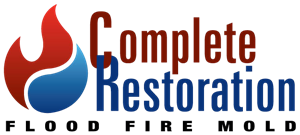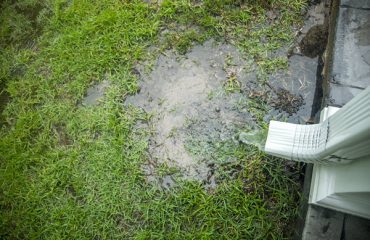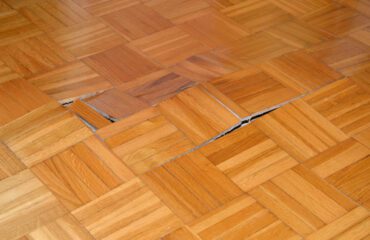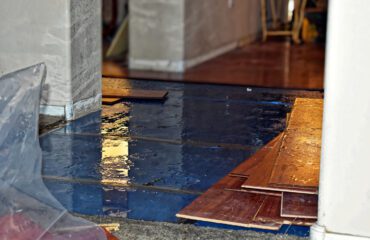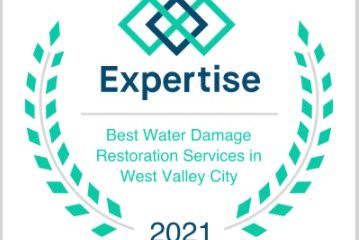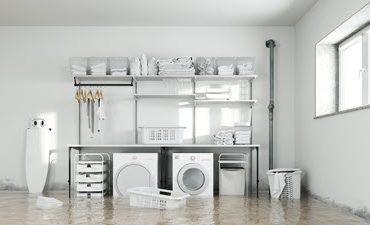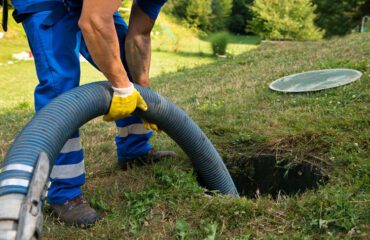Turn off Water
When faced with a flooded bathroom, the first step is to immediately turn off the water supply. Locate the shut-off valve for the affected area and stop the flow of water to prevent further damage.
Identify the Cause of Flooding
Understanding the cause of the flooding is crucial for effective cleanup and prevention of future incidents.
Toilet Flooding
Toilet overflows can happen due to clogs or malfunctioning mechanisms. If this is the case, try to stop the overflow by lifting the tank lid and closing the flapper valve. If the flooding persists, turn off the water supply behind or beneath the toilet.
Sink Flooding
Sink overflows may result from clogged drains or a faulty faucet. If your sink is flooding, turn off the faucet and try to clear any blockages. If that doesn’t work, turn off the water supply valves located under the sink.
Shower Flooding
A flooded shower can occur due to clogs in the drain or issues with the showerhead. To address this, turn off the showerhead and try to clear any blockages. If necessary, shut off the water supply to the shower.
Frozen Burst Pipes
In Utah’s colder climates, frozen pipes can burst, causing significant water damage. If you suspect frozen pipes, turn off the main water supply immediately and call a professional plumber with experience handling Utah’s unique weather conditions.
Sewer Backups
Sewer backups can lead to bathroom flooding. In such cases, it’s crucial to avoid using any plumbing fixtures and contact a professional plumber familiar with Utah’s sewer systems to address the issue.
Call Your Insurance
After addressing the immediate concerns of stopping the flooding and identifying the cause, it’s essential to contact your insurance company. They can guide you on the next steps and help with potential coverage for water damage restoration, taking into account the region’s specific insurance considerations.
Safety Precautions When Cleaning a Flooded Bathroom
When dealing with a flooded bathroom, safety should be your top priority. Here are some important safety precautions to follow:
Electrical Safety: Utah experiences a wide range of weather conditions. In case of electrical hazards due to water exposure, it’s crucial to turn off the power to the affected area if it can be done safely. If you have any doubts, consult an electrician to ensure it’s safe to do so.
Slip and Fall Prevention: Wet floors can be extremely slippery and hazardous. Use caution when moving around the flooded area, and consider placing non-slip mats or towels on the floor to prevent accidents.
Protective Gear: Wear appropriate protective gear, including rubber gloves and boots, when handling contaminated water or cleaning up after a bathroom flood.
Ventilation: Ensure proper ventilation in the affected area, especially if you’re using cleaning agents. Utah’s climate can sometimes require additional ventilation to dry out moisture effectively.
Seek Professional Help: If you’re unsure about your safety or the safety of your home, don’t hesitate to call professionals who specialize in water damage restoration in Utah. They have the experience and equipment to handle hazardous situations safely.
When to Call a Professional Water Damage Restoration Company
If the flooding is extensive, you may need the expertise of a professional water damage restoration company. Signs that it’s time to call in the experts include:
- Widespread flooding affecting multiple rooms.
- Significant amounts of water that soaked into the walls.
- The flooding is sewer water, which is a health hazard.
- Severe structural damage that requires specialized repairs suited to Utah’s building codes and weather conditions.
- Electrical hazards due to water exposure.
- Lingering moisture or mold issues despite your efforts.
In such cases, reach out to a reputable restoration company in Utah to assess the situation and provide the necessary cleanup and repairs.
How to Prevent Mold After a Bathroom Flood
Mold can quickly develop in a flooded bathroom in Utah, given its unique climate and environmental factors. To prevent mold growth, follow these steps:
- Remove standing water and thoroughly dry the affected area.
- Use fans and dehumidifiers to reduce moisture levels effectively.
- Disinfect surfaces with appropriate cleaning agents.
- Inspect for hidden moisture and mold growth behind walls or under flooring, as Utah’s climate can lead to mold issues.
- Consider professional mold remediation services.
Preventing Bathroom Floods
To prevent bathroom floods and water damage, consider these maintenance tips:
- Regular Inspections: Periodically inspect your plumbing fixtures, such as toilets, sinks, and showers, for signs of leaks or wear and tear. Catching issues early can prevent more extensive damage.
- Weatherproofing: In Utah’s climate, consider weatherproofing your plumbing to prevent frozen pipes during winter. Insulate exposed pipes and keep your home heated adequately during freezing temperatures.
- Tree Maintenance: If you have trees on your property, ensure they are properly pruned to avoid root intrusion into your plumbing system, which can lead to blockages and water damage.
- Seal Grout and Caulking: Properly maintain grout and caulking around tiles in your bathroom. This helps prevent water from seeping into walls and floors, reducing the risk of hidden water damage.
- Regular Cleaning: Keep your drains and pipes clean by using drain screens to catch debris and regularly flushing them with hot water. This helps prevent clogs that can lead to flooding.
Frequently Asked Questions (FAQs) for Bathroom Floodings in Utah
Here are answers to some common questions Utah residents may have about bathroom flooding:
Q: Does homeowner’s insurance in Utah cover bathroom flooding?
A: Homeowner’s insurance policies in Utah may cover bathroom flooding depending on the cause and the specific terms of your policy. It’s important to review your policy and contact your insurance agent for clarification.
Q: How can I prevent mold growth in my bathroom after a flood in Utah’s dry climate?
A: To prevent mold growth in Utah’s dry climate, promptly remove standing water, use dehumidifiers to reduce moisture levels, and thoroughly disinfect affected surfaces. Regularly monitor for any signs of mold growth and address them promptly.
